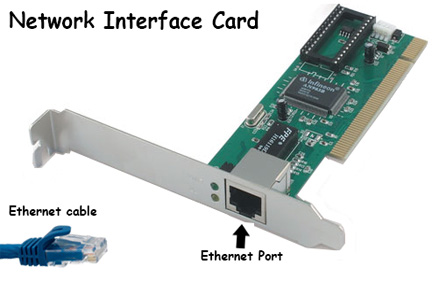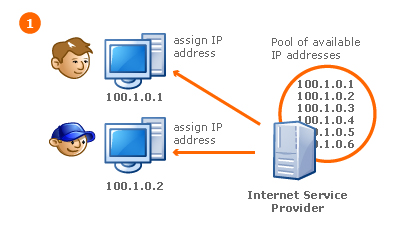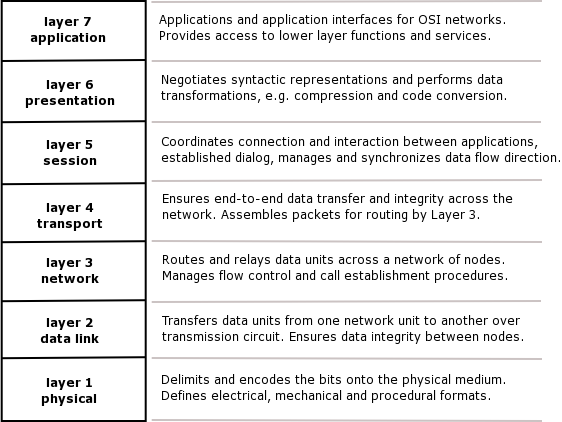Network devices called routers are used to direct packets between networks.
The data packets is a unit of data made into a single package that travels along a given network path. Data packets are used in Internet Protocol (IP) transmissions for data that navigates the Web, and in other kinds of networks.
Most network packets are split into three parts:
Header - The header contains instructions about the data carried by the packet. These instructions may include:
Payload - Also called the body or data of a packet. This is the actual data that the packet is delivering to the destination. If a packet is fixed-length, then the payload may be padded with blank information to make it the right size.
Trailer - The trailer, sometimes called the footer, typically contains a couple of bits that tell the receiving device that it has reached the end of the packet. It may also have some type of error checking. The most common error checking used in packets is Cyclic Redundancy Check (CRC).
It is important to understand that each packet carries the information that will help it get to its destination.











